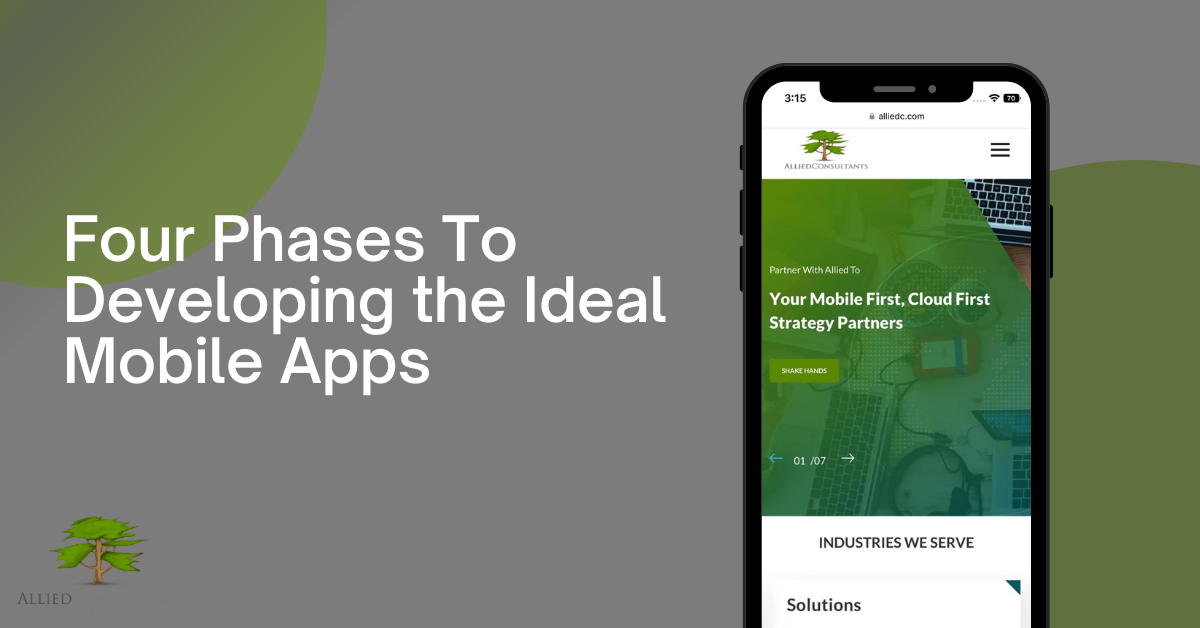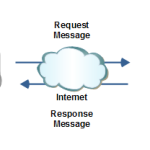Four Phases To Developing the Ideal Mobile Apps
The pandemic has significantly increased reliance on mobile apps, leading to a permanent shift in consumer behaviour. People now rely on interconnected apps to manage various aspects of their lives, contributing to an estimated revenue of $935 billion by 2023. In response to this trend, numerous businesses are rapidly launching new apps. However, many fail to consider crucial aspects of the development process, resulting in under performing apps that fail to meet expectations.
Also Read This: Latest Tech Developments That Could Lead To Positive Change
Coming up with an extraordinary and groundbreaking mobile app idea is one thing, but executing it flawlessly is another challenge altogether. At present, thousands of companies are engaged in mobile app development, while even more startups and entrepreneurs are embarking on their own app journeys. However, only a handful of these apps manage to make their way to the app stores, and even fewer find their place on users’ mobile devices. What’s more, only a few of those apps succeed in retaining user engagement for more than a month.
Research indicates that a mere 1% of mobile app startups achieve success. With a plethora of options available, users are enticed solely by apps that offer innovative features, remarkable functionality, and impeccable designs.
Before diving into further discussion, it’s pertinent to mention here the behaviour of apps consumers. Hiral Atha from Moveo shared insightful statistics highlighting the frequency of mobile device and app usage:
- Around 21% of millennials access an app at least 50 times per day.
- Smartphones contribute to about 70% of digital media consumption.
- On average, a smartphone user engages with at least nine apps daily and approximately 30 apps monthly.
Here’s a look at four phases to building apps that should work for your business.
1. Conceptualization: Ensure Your Mobile App Adds Value
Amid the rush to launch an app, companies often neglect to dedicate sufficient time to assess the precise needs of their customers or how the app can align with their business objectives. Consequently, such apps struggle to gain traction and end up at a sunk cost.
Based on my experience, the following steps can help businesses narrow down the “right” mobile app:
- Identify the common business challenges that must be addressed to achieve strategic objectives. These challenges may involve customers or internal operations. Identifying them allows for the identification of scenarios where an app-based solution is necessary.
- Conduct user research to gain a comprehensive understanding of the specific pain points faced by end-users in each identified scenario. This provides a clear picture of the capabilities a new mobile app should possess to address those challenges.
- Follow up with market research to identify existing apps that already tackle some of the identified challenges. Evaluate whether your mobile app concept introduces something new, offers better solutions, or provides a superior user experience.
By the end of this process, you should have mobile app ideas that fill market gaps and deliver value to your end users.
2. Preparation: Put In Place The Prerequisites
Once the identification of what to build is complete, it is crucial to establish the necessary groundwork. This stage involves making three key decisions:
Budget: It is prudent to consider how the app contributes to your strategic business objectives and allocate an appropriate portion of your technology budget towards app development. Determining the timeline for app development can be influenced by the importance of the app in your growth plans and the prevailing market conditions.
Platform and tech stack: Depending on the target audience/users of the app, you must decide on the type of mobile app to develop. Choices include native, Android, iOS, or hybrid app development. The decision relies on factors such as the devices you intend to launch the app on (mobiles, tablets, wearable tech) and the compatibility of your IT environment with different device operating systems.
Additionally, you will need to consider the platform options for building your app. You may opt for a low-code or no-code platform and leverage your internal team for app development. Alternatively, you may choose to collaborate with a third-party team possessing specialized expertise in mobile application development and overall app strategy.
Teams: Regardless of whether you choose a no-code/low-code platform or traditional custom-coded app development, it is advisable to evaluate the possibility of hiring a third-party team to handle the technical aspects. This team should possess the necessary expertise and experience to deliver the app within the specified time and budget.
During this stage, it is essential to assess available app development firms and select the one that best aligns with your requirements. This entails finding a team with the skills to build your desired app while closely adhering to your design, quality, and security expectations.
3. Execution: Design, Development, Deployment
During this phase, your app begins to take shape. While the concepts of design, development, and deployment may seem obvious, I would like to emphasize a couple of often-overlooked elements:
App design: Neglecting comprehensive user research and UI design can result in a challenging user experience and have a negative impact on user retention. It is crucial for businesses to prioritize elements such as UX research, documentation, a consistent design system, and an intuitive UI, without cutting corners.
Automation utilization: Although custom mobile app development is primarily a manual process, there are aspects of quality assurance (QA) and deployment that can be automated. Automation enables thorough checks across the entire codebase whenever new code is pushed, preventing unexpected breakdowns of previously functioning features.
4. Iteration: Feedback Gathering And Implementation
Apps typically undergo multiple rounds of testing before a full-scale release. It is crucial to establish a well-defined process for collecting and evaluating feedback during this stage.
Several common methods of gathering feedback include:
- Utilizing targeted questions to gather specific data on users’ app usage and usability.
- Analyzing and categorizing user behavior to identify patterns of usage.
- Conducting A/B testing of different features to make data-driven decisions.
The key is to incorporate the feedback received and retest the iterations. A fast feedback loop ensures that any issues are addressed before they become deeply ingrained in the system. Shorter development sprints and the automation of quality assurance (QA) and deployment processes are essential for maintaining an efficient feedback loop.
Pro tip: Not all user feedback is equally important or should be immediately implemented. While users may provide overall feedback on the app, businesses should carefully evaluate each suggested iteration based on its potential impact on the final product. This allows for effective prioritization and implementation of feedback.
Mobile app development extends beyond merely writing code. A swift go-to-market strategy for your app is meaningless if it fails to deliver value to end users. It is necessary to comprehend and dedicate effort to all four stages—concept, preparation, execution, and iteration—to develop the right apps for your business.
Ready to build the ideal mobile app for your business? Trust Allied Consultants, your reliable partner in mobile app development. With our expertise in every phase – from conceptualization to iteration – we ensure your app delivers exceptional value to your users. Don’t settle for mediocre apps. Contact us today and let us bring your app idea to life. Together, we’ll create a mobile app that stands out in the market and drives your business towards success.







